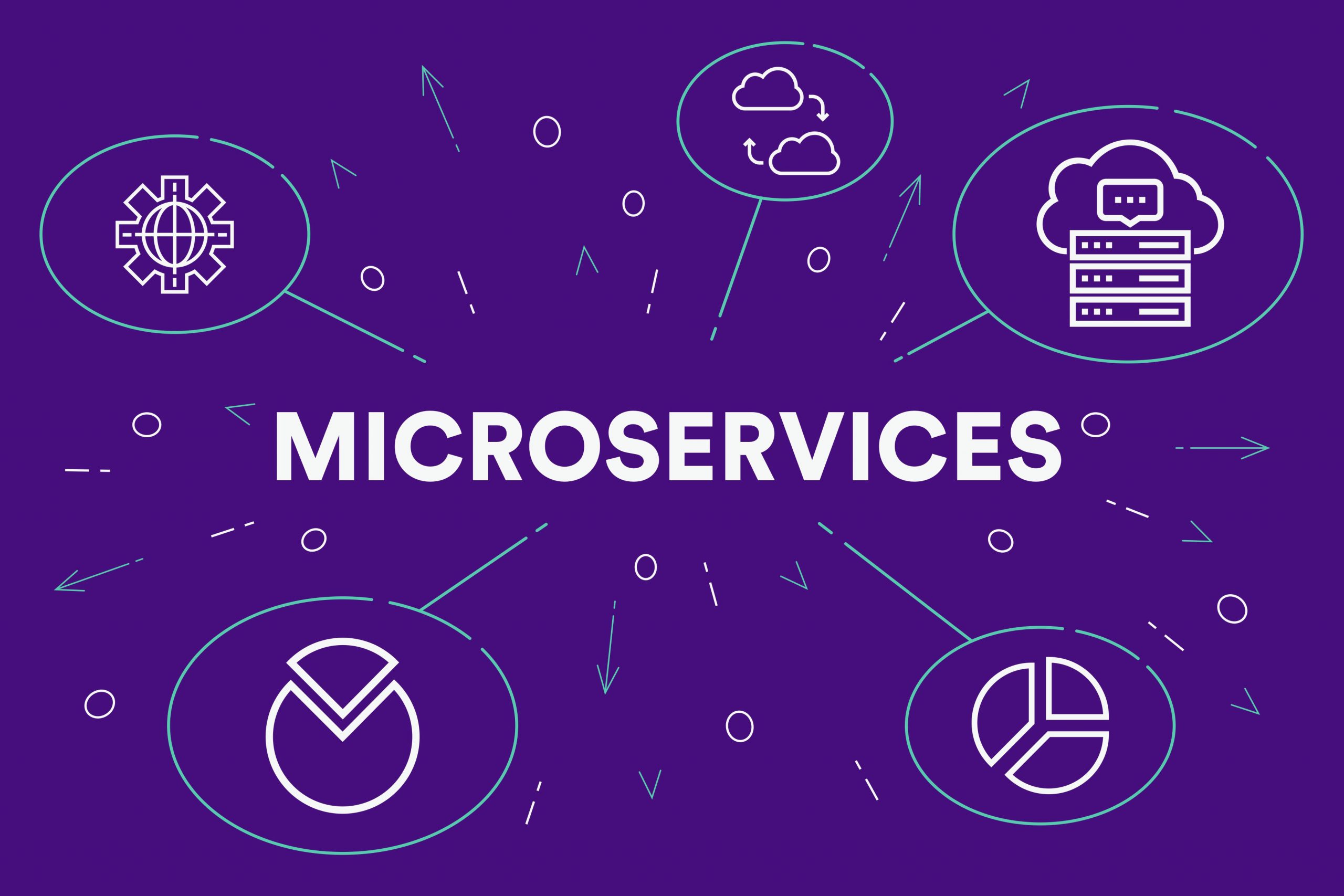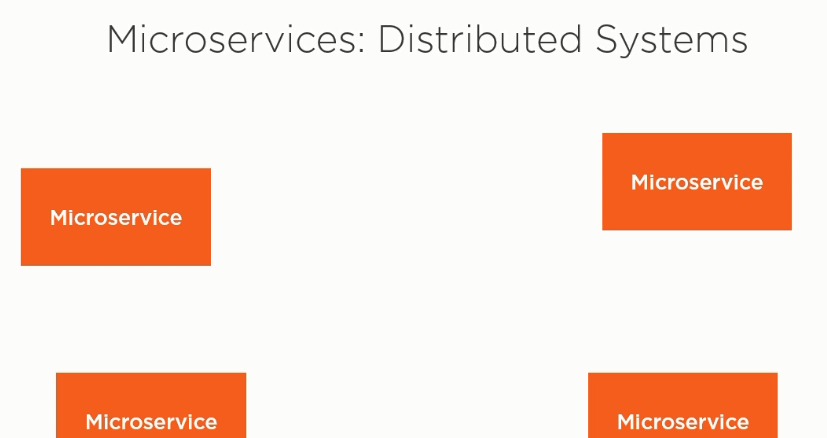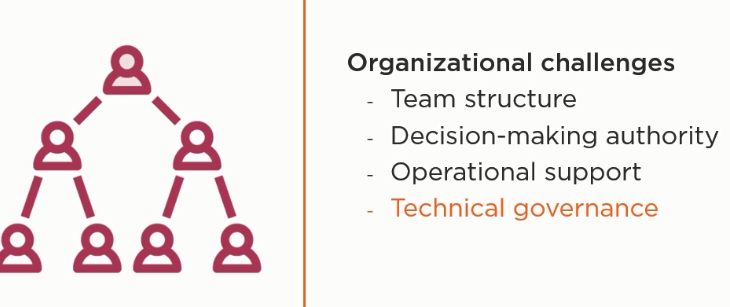
Microservice is creating a lot of advantages for large teams, organizations with high-performance requirements, and systems that benefit from the kind of strong
boundaries that microservice offers. However, these advantages aren’t free. The advantages of micro service’s come with a cost, and that cost is complexity.
Micro Service is significantly more complex than the model it’s, and that complexity creates a number of challenges that must be overcome in order for a microservice’s implementation to deliver more value than its monolithic equivalent.

First, a micro service’s architecture is, by its nature, a distributed system, that is to say, the components of a microservice. Architecture is logically
different computers with their own local memory and communicate exclusively with one another by passing messages over a network.
A monolith, by comparison, communicates from one module to another directly because microservices communicate exclusively over a
network via their API, their challenges associated with the successful implementation of microservice architectures that are entirely irrelevant with monoliths. in addition to irrelevant with monoliths. in addition to the architecture of microservices themselves. It’s also important to understand the organizational challenges that you must overcome to get value out of micro service’s team structure, decision making, authority, operational support, and technical governance.

All must reflect a commitment to doing Microservice is well. in Short, developing microservice is running them in production, and
maintaining them over time is hard. It’s very important to understand what challenges you’ll face and to be sure that the value you may get
from micro service outweighs The additional effort required.
Read Also
Examples of Microservices Architecture

 Starting: 1st of Every Month
Starting: 1st of Every Month  +91 8409492687
+91 8409492687  Contact@DevOpsSchool.com
Contact@DevOpsSchool.com
